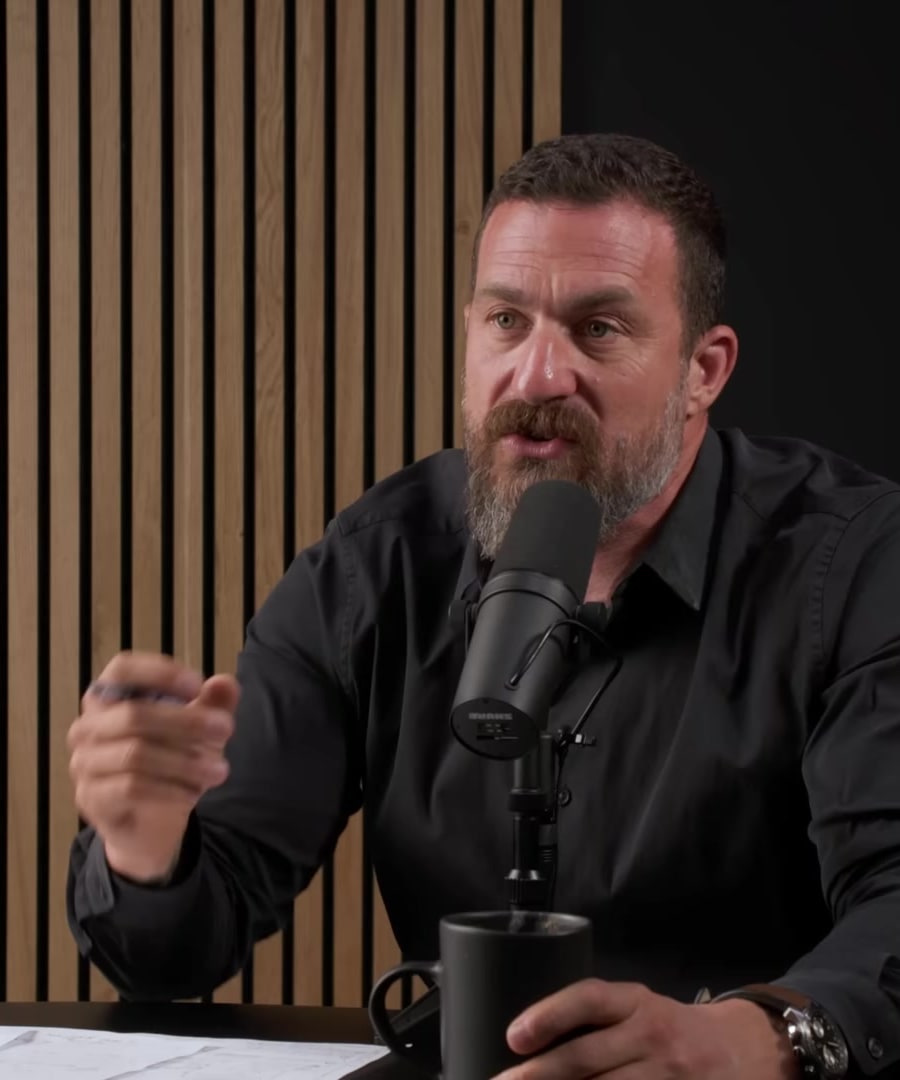Speak to yourself in the second person
Sources:
Here are some insights from the Huberman Lab regarding using the second person for self-reflection and visualization techniques:
Visualization Techniques
In mental training, first-person visualization (imagining oneself from an internal perspective) has proven more effective than third-person visualization (observing from an external viewpoint) for learning skills, particularly motor skills like playing an instrument or sports. For example, when imagining playing the piano, seeing oneself from within (as if wearing a body camera) offers a more powerful learning experience compared to viewing oneself from a distance. This immersive experience enhances performance and skill acquisition 1.
Reflective Self Scrutiny
Reflective self-scrutiny is a valuable practice for understanding personal beliefs shaped by various influences, especially from childhood. It encourages individuals to differentiate between societal expectations of beauty or success and their authentic self image. Engaging in self-reflection, such as journaling or simply contemplating in front of a mirror, can help in recognizing these influences and promoting personal growth 2.
Practical Application
When practicing these techniques, consider these steps:
- Use first-person training by mentally rehearsing tasks as if you are experiencing them. This might include visualizing calming yourself before a public speaking event.
- Engage in self-scrutiny by looking into a mirror and discussing personal beliefs out loud. This can enhance self-awareness and clarify confusing thoughts or feelings about oneself 3.
Both methods involve stepping into one's own experience through visualization or direct reflection, emphasizing the importance of internal dialogues that affirm one's capabilities and worth.
RELATED QUESTIONS
Speak to yourself in the second person
- RELATED QUESTIONS


